Polycarbonate
Neutral cured silicone sealant for polycarbonate elements.
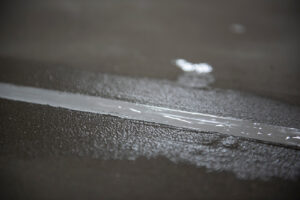

Application areas
Discover more
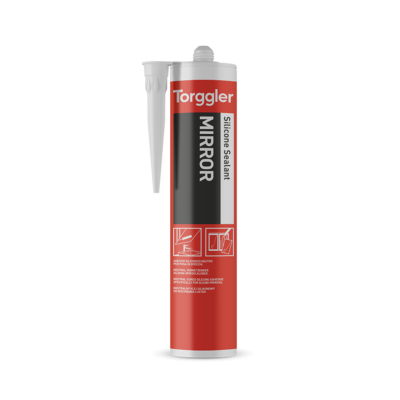
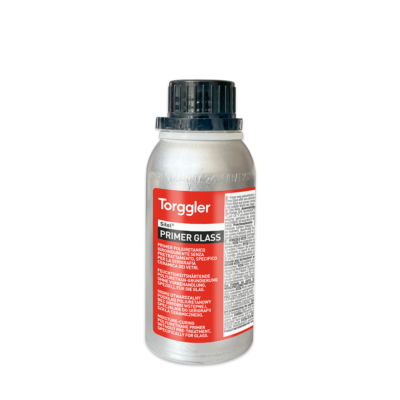
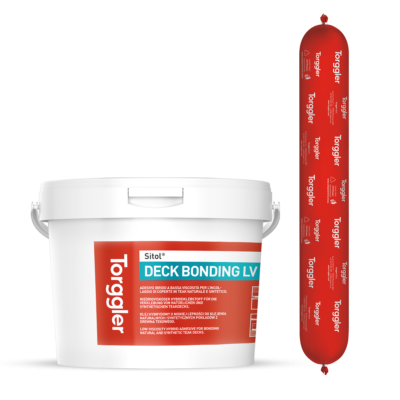
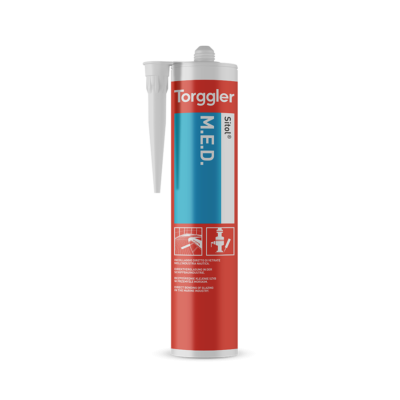
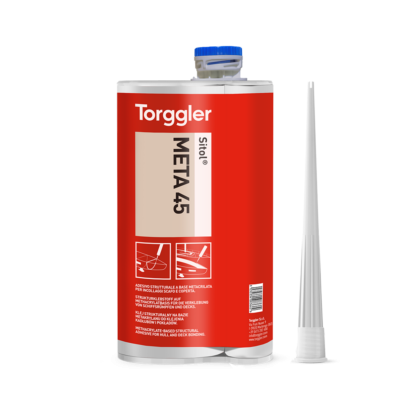
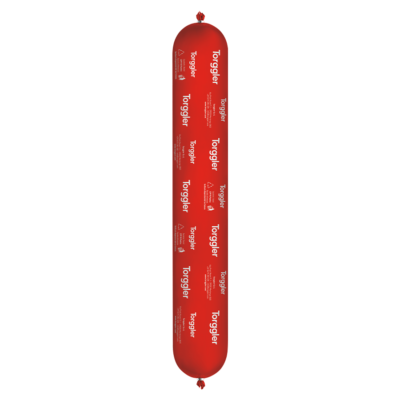
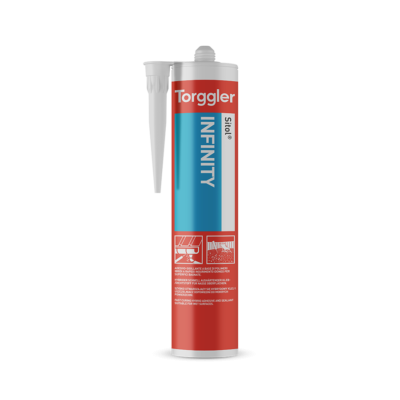
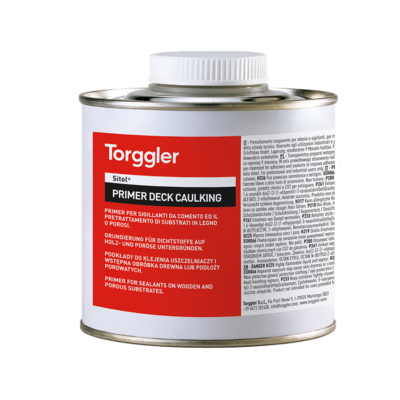
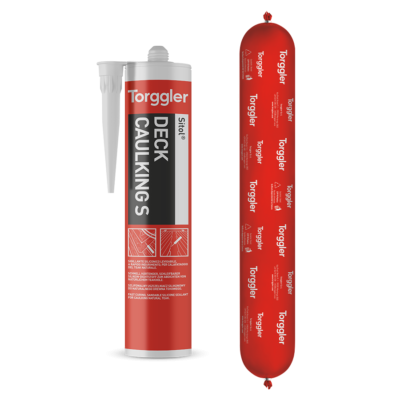
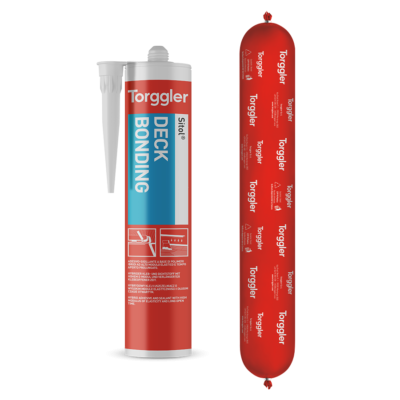
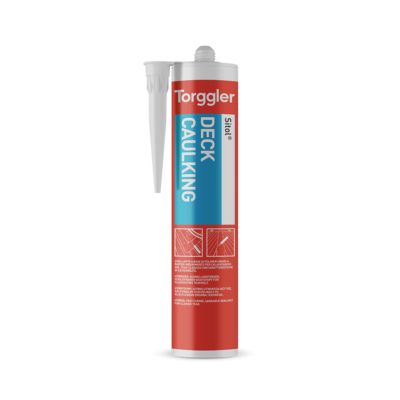
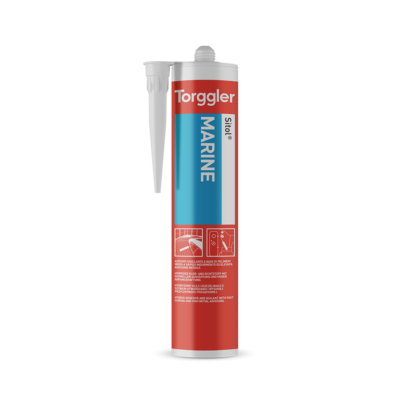
Polycarbonate is specially formulated to meet the installation requirements for polycarbonate sheets. The product adheres perfectly, even without Primer Silicone, and sets quickly. It also provides good adhesion on non-porous substrates such as glass, porcelain, enamel, plastic and metal. Its exceptional resistance to UV rays, weathering and ageing, its excellent adhesive properties and high elasticity ensure maximum resistance over time. Polycarbonate is classified as a non-structural glazing sealant (type G) according to EN 15651-2.
Sizes of the joint
Minimum depth = 6 mm. For thicknesses up to 10 mm the depth must be equal to the thickness of the joint and in any event not less than 6 mm. For thicknesses from 10 to 20 mm = at least 10 mm. For thicknesses greater than 20 mm = at least half the thickness.
Cleaning tools
Use solvents when the sealant is still wet; after setting only mechanically.
Note
Polycarbonate is not suitable for structural gluing.
Polycarbonate must be stored in a dry and cool place. Under these conditions the product is stable for at least 12 months. Half-used cartridges can be saved for approximately three months if closed properly
| Color | Code | Packaging | Packaging size | Pallet | Barcode |
|---|---|---|---|---|---|
| Transparent | 6177 | cartridge | 24x310 ml |
64 cardboards
|
The neutral curing properties of Polycarbonate ensure that it does not emit hazardous or unpleasant odours. The product is therefore suitable for use in closed environments such as industrial facilities. It is ideal for the installation of polycarbonate sheets and plugging as well as for roofing, greenhouses, windows, skylights and solar panels. Preliminary tests should be conducted to check adhesion when using treated polycarbonate (UV proof).
| PARAMETER AND TEST METHOD | VALUE |
| Density (ISO 1183-1) | 1,02 g/ml |
| Application temperature | +5 °C to +40 °C |
| Skin-over time (MIT 33*) | approx. 20 minutes |
| Curing rate from the outside inwards at 23 °C (MIT 32*) | approx. 4,0 mm in 24 hours |
| Operating temperature | -50 °C to +200 °C |
| Shore A hardness (DIN 53505) | approx. 20 |
| Extension to breaking (DIN 53504 – Punch S3) | 860% |
| Tensile strength (DIN 53504 -Punch S3) | 1,17 N/mm² |
| Modulus of elasticity at 100% (DIN 53504 -Punch S3) | 0,28 N/mm² |
| Extension to breaking (EN ISO 8339/A – Glass support – G, Al) | 170% |
| Tensile strength (EN ISO 8339/A – Glass support – G, Al) | 0,38 N/mm2 |
| Modulus of elasticity at 100% (EN ISO 8339/A – Glass support – G, Al) | 0,31 N/mm² |
| Maximum application extension | 25% |
| Resistance to acids | excellent |
| Resistance to bases | excellent |
| Odour after curing | none |
* Torggler Internal Methods (MIT) are available on request.
| ESTIMATED CONSUMPTION TABLE | ||
| JOINT WIDTH X DEPTH (MM) | CONSUMPTION PER LINEAR METER | LINEAR METERS REALIZED WITH ONE CARTRIDGE |
| 6×6 | 36 ml | 8,7 |
| 8×8 | 64 ml | 4,9 |
| 10×10 | 100 ml | 3,1 |
| 15×10 | 150 ml | 2,1 |
| 20×10 | 200 ml | 1,5 |
Contact our team for personalized support and product guidance.